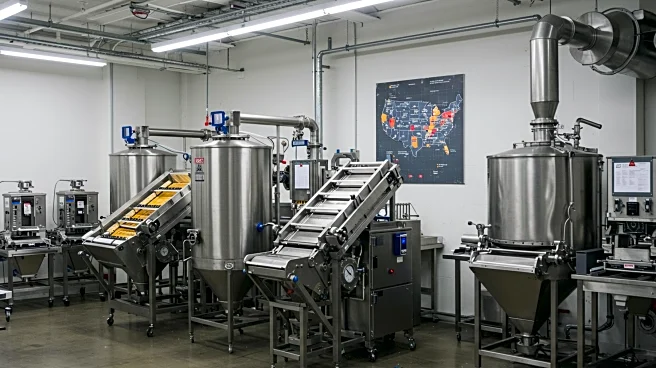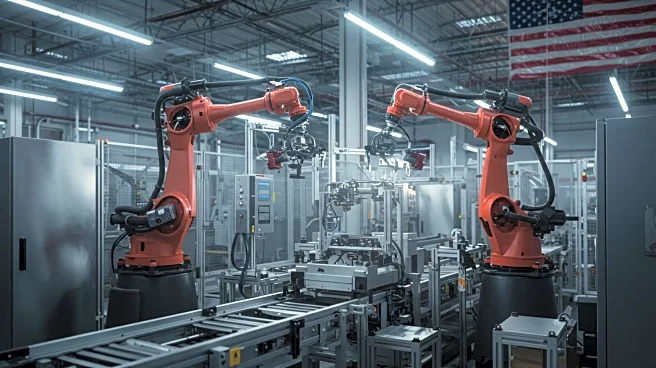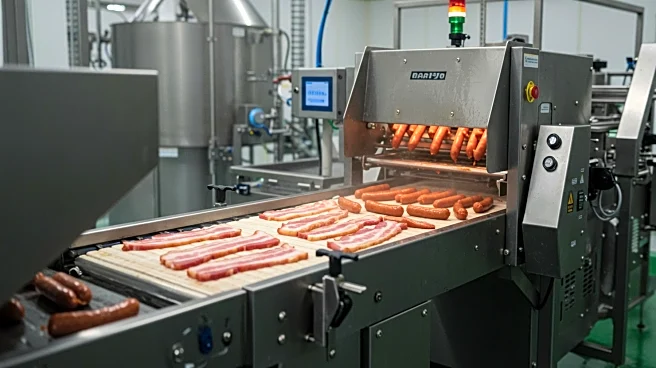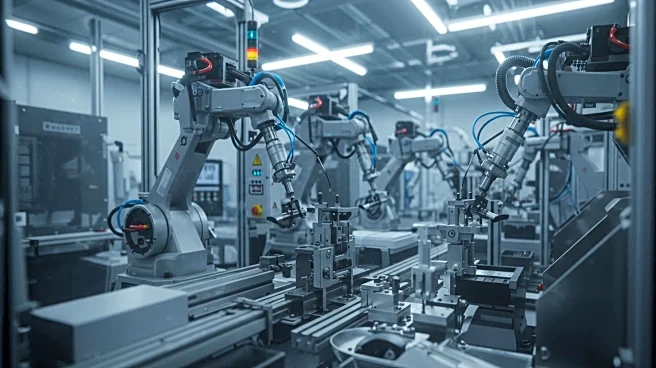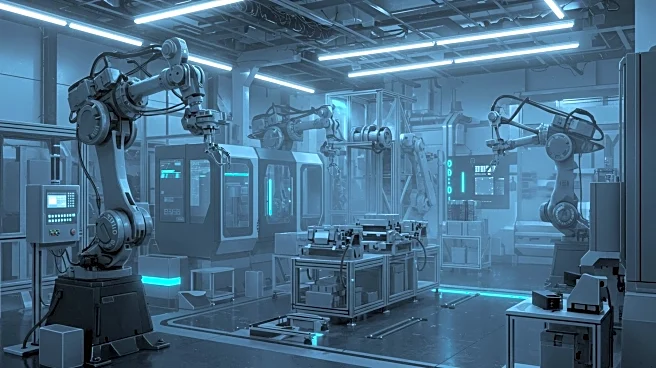Rapid Read • 7 min read
The food manufacturing industry in the United States is experiencing challenges due to ongoing confusion over tariffs, regulatory changes, and immigration policy crackdowns. These factors are affecting industry expansion, including the pet food sector. In 2024, the industry saw around 44 operational expansions, a slight decrease from previous years. Companies are increasingly localizing production within the U.S. due to uncertain trade relations. Global Location Strategies released its 2025 report identifying competitive U.S. regions for food manufacturing investment, ranking 387 metropolitan areas based on location quality and operating costs. The report highlights significant investments in the food manufacturing sector, totaling approximately $15.3 billion from 154 new projects, creating 23,000 jobs. The East North Central and South Atlantic regions attracted the highest number of projects.
AD
The challenges faced by the food manufacturing industry have significant implications for U.S. economic growth and job creation. The localization of production within the U.S. can strengthen domestic supply chains and reduce dependency on international trade, potentially mitigating risks associated with global trade uncertainties. The investments in new facilities and job creation contribute to regional economic development, particularly in areas identified as competitive for food manufacturing. The industry's recovery from pre-pandemic levels, driven by rising demand for premium pet food, indicates a positive trend for future growth. However, ongoing regulatory and policy challenges may continue to impact expansion efforts, requiring strategic planning and adaptation by industry stakeholders.
Companies in the food manufacturing industry may continue to focus on localizing production and investing in U.S. facilities to navigate trade uncertainties. The identification of competitive regions for investment may guide future expansion decisions, with companies seeking to capitalize on favorable operating conditions. Stakeholders may advocate for clearer regulatory policies to support industry growth and address challenges related to tariffs and immigration. The industry may also explore innovative solutions to enhance production efficiency and meet rising consumer demand for premium products.
AD
More Stories You Might Enjoy
